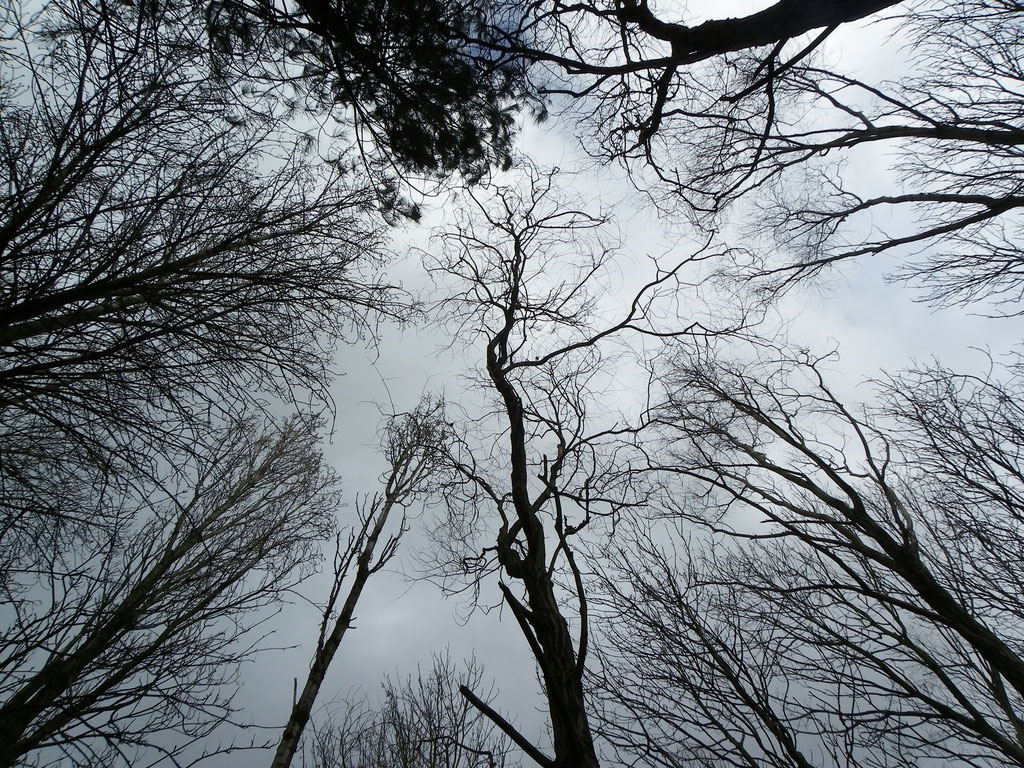Councillor has policy orders ready for action that can slow loss of tree canopy immediately
We’ve been disrespectful of nature for too long, resulting in a 7 percent decline in Cambridge’s tree canopy between 2009 and 2014. I expect the soon-to-be-completed 2018 canopy assessment will show even further loss, as recent destruction has been well-documented. Thanks to strong advocacy from many in our community and vice mayor Jan Devereux, an Urban Forest Master Plan Task Force has been convened and will issue recommendations about a year from now. I look forward to these recommendations, but the crisis is acute and requires immediate intervention. That’s why at the next council meeting I will introduce three orders designed to protect our canopy while we wait for the task force to complete its work.
![]() While the Department of Public Works and the Committee on Public Planting have done yeoman’s work in improving our street tree planting and watering processes, on private property we continue to decimate our trees. I’m putting forward an amendment to our tree ordinance that will require a permit to remove a significant, healthy tree on private property (“significant” is already defined by the ordinance: at least an 8-inch diameter measured 4 feet off the ground). This practice is routine in other cities, including Newton; Atlanta; and St. Petersburg, Florida. It need not cost any money to obtain the permit, and under most circumstances the permit would be granted. But adding a step creates the opportunity to have a discussion with the property owner and potentially save trees from destruction. At the very least, through the permit application process we will get a much better handle on where and why trees are getting cut down. I recently polled constituents through the Involved app, and 60 percent of nearly 150 respondents support this policy (26 percent did not support; 14 percent were unsure).
While the Department of Public Works and the Committee on Public Planting have done yeoman’s work in improving our street tree planting and watering processes, on private property we continue to decimate our trees. I’m putting forward an amendment to our tree ordinance that will require a permit to remove a significant, healthy tree on private property (“significant” is already defined by the ordinance: at least an 8-inch diameter measured 4 feet off the ground). This practice is routine in other cities, including Newton; Atlanta; and St. Petersburg, Florida. It need not cost any money to obtain the permit, and under most circumstances the permit would be granted. But adding a step creates the opportunity to have a discussion with the property owner and potentially save trees from destruction. At the very least, through the permit application process we will get a much better handle on where and why trees are getting cut down. I recently polled constituents through the Involved app, and 60 percent of nearly 150 respondents support this policy (26 percent did not support; 14 percent were unsure).
I’m also proposing a public hearing for all city-owned trees; currently only street trees are required to have a hearing. Again, the goal would be to document more clearly why trees are being destroyed and to create opportunities for public dialog and exploration of alternatives to killing the tree.
These measures may save some trees, but many will sadly still fall to the chainsaw. That’s why I’m glad the city manager has agreed to look for additional opportunities to plant public trees, and the third policy order I’m introducing affirms that commitment. The order asks to look for opportunities especially in underserved areas of our city. The Port’s Greene-Rose Heritage Park, for instance, could host many more trees without reducing the size of the field area people enjoy.
Last but not least, I have put together a list of ideas for the task force based on long-standing discussion among the tree advocacy community. It’s critical that the task force look as broadly as possible for ways to preserve our tree canopy, because without a healthy tree canopy we cannot have a healthy and safe community.
Quinton Zondervan is a city councillor and climate activist.


